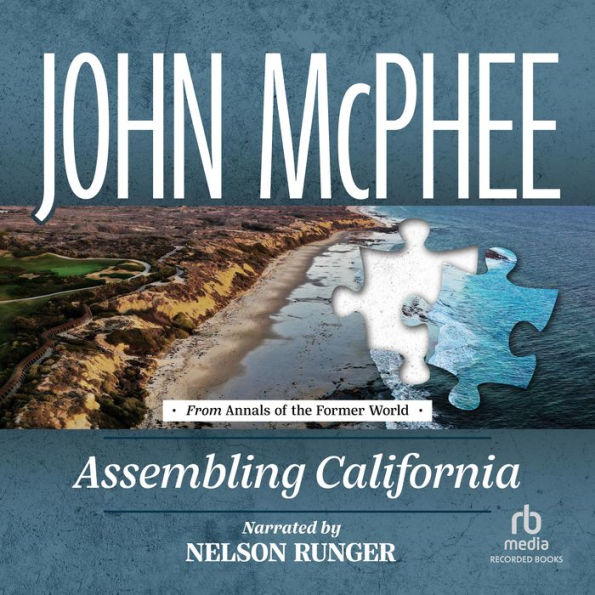Publishers Weekly - Publisher's Weekly
In his usual clean, graceful prose, McPhee takes readers on an intensive geological tour of California, from the Sierra Nevada through wine country to the San Andreas fault system, a 50-mile-wide swath of parallel fault lines. Through talks with his traveling companion, geologist Eldridge Moores, McPhee introduces the reader to current geological controversies, and surveys global plate tectonics--the collision and rearrangement of land masses ever since the breakup of the supercontinent of Pangaea eons ago. The duo also travel to Arizona, where Moores grew up pushing ore carts in his family's gold mine, and to Cyprus and Greece, where rock from the ocean floor has been tossed up to form continents. McPhee looks at the conjectural science of earthquake prediction and gives an account of a recent San Francisco quake. His leisurely excavation meanders from Mexican explorer Juan Bautista de Anza's settlement of San Francisco in 1776 to 1850s gold-mining camps to the summit of Mount Everest, made of marine limestone lifted from a shelf that once divided India and Tibet. With this volume McPhee concludes his Annals of the Former World series, which he began with Basin and Range (1980). Illustrated. (Feb.)
Library Journal
With this work McPhee completes his book series on regional geology in the United States. The author of more than 20 works on a wide range of topics ( Looking for a Ship , LJ 8/90; The Control of a Nature , LJ 4/1/89), he has a talent for relating complex concepts in a simple, interesting manner. McPhee spent portions of 15 years traveling world-wide with geologist Eldridge Moores in search of supporting evidence for the theory that California moved on shifting plates (continental drift) to become affixed to North America. He also discusses the history of mining in the state and offers sobering implications for those living near the San Andreas fault complex. Although portions of this book may be beyond the scope of the average reader, it should appeal to armchair scientists, rockhounds, and fans of McPhee's other works. Recommended for larger public as well as academic collections. Previewed in Prepub Alert, LJ 9/1/92.-- Tim Markus, Evergreen State Coll. Lib., Olympia, Wash.
Kirkus Reviews
The final entry in McPhee's four-volume hymn to geology, known collectively as Annals of the Former World (most recently Rising from the Plains, 1986). Most of this volume appeared previously in The New Yorker. McPhee again displays his talent for explaining, without denaturing, technical matters that could make most heads reel. This time, he and geologist Eldridge Moores clamber around California and the Southwest, with junkets to Macedonia and Cyprus, to observe how the earth as we know it came to be. The investigation spans years; as it proceeds, McPhee makes geological obscurities simple and geological grotesqueries lovely. We see how pieces of earth fused to form California; among other things, this book is a Festschrift for the theory of continental drift—the idea that chunks of earth separate or collide, creating continents, mountain chains, gulfs. Moores reads road cuts like thumbprints; near the Donner Pass, he spots the outcropping of a quadrillion-ton chunk of granite humped under California. The 1848 California gold rush is detailed, a period when human time (measured in lifetimes) and geological time (measured in eons) conjoined, and yellow nuggets the size of shoe boxes fell out of streams. McPhee muses much on these two time streams, which also merge in the terror of earthquakes. The book's finest passage is a step-by-step retelling, as if in slow-motion, of the 1989 San Francisco earthquake, hideous in its eeriness ("In Asbury Heights, a man is watering his patch of grass. He suddenly feels faint, his knees weaken, and his front lawn flutters like water under wind") but doing nothing to postpone the dreaded Big One To Come. McPhee's overall lesson? That history isthe bridesmaid of geology—and that the earth is a prankster. The author offers this wonderful testimony to the weirdness of plate tectonics: "The summit of Mt. Everest is marine limestone." Intolerable if one has no taste for mysteries beneath the soil; otherwise, riveting.
From the Publisher
A delicious field manual on the creation of the Golden State going back a few hundred million years.” —Peter Stack, The San Francisco Chronicle




